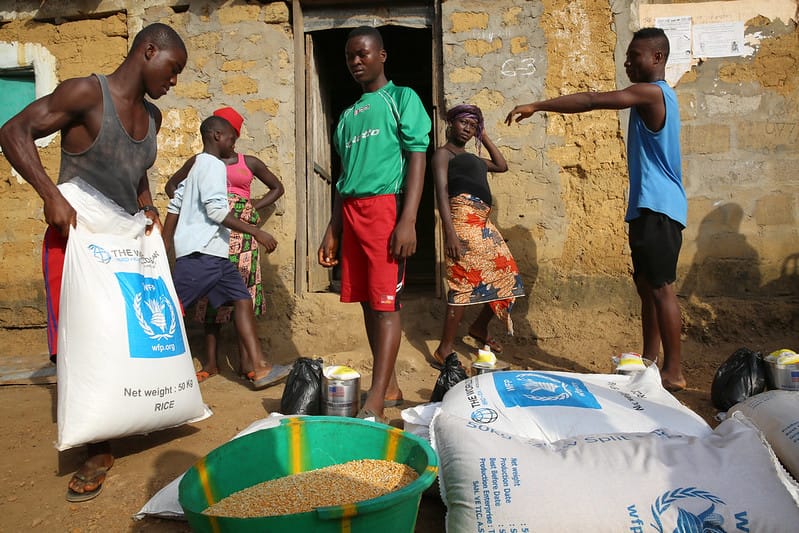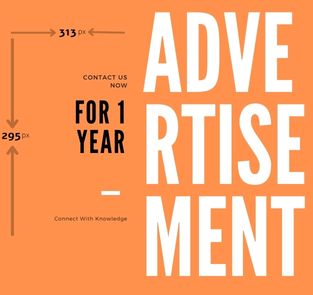Poverty and hunger are intertwined, and long-term poverty tends to lead to hunger and malnourishment. However, it is important to make the distinction between the two as poverty doesn’t always lead to hunger however there is a strong correlation between the two. The solutions to global hunger are simple in nature but difficult to execute.

- The problem of world hunger is not tied to food shortage as we produce enough food to feed the 7.5 billion people on our planet. The problem however arises from ineffective food distribution to the populations most affected. One solution is to distribute the food that is already being produced to those who need it and to promote and implement sustainable food production systems. World Food Programme is working globally in tackling this in collaboration with many other charitable foundations. You should note that the solutions I present are more over-arching templates and each community suffering from hunger presents its own set of unique challenges.
- An institution like WFP is key in addressing humanitarian crises however that form of food distribution is not a sustainable long-term solution. There needs to be innovation and investment in making supply chains more efficient by developing sustainable durable markets which need to be supported by improving rural infrastructure, particularly roads, storage, and electrification. It is also imperative we reduce food waste as about one-third of food produced each year is lost or wasted, costing the global economy nearly US$1 trillion annually. Food is often wasted on the plate in developed nations and crop is lost during production in developing nations due to lack of appropriate infrastructure.
- We must also address the problem of poverty in developing nations such as Nigeria and India to truly tackle all facets of the global hunger issue. National governments need to address their most vulnerable and expand social protection schemes to provide opportunities for equitable economic growth. Giving the opportunity for the poorest 2 billion people in the world to increase their economic value will, in turn, create incremental demand, generating new jobs and jump-starting local economies which will in turn help to lift people out of poverty.

The final part of the process is to promote climate-smart agriculture. We know that climate change perpetuates global hunger, with more frequent and longer-lasting periods of extreme temperatures, flood events, and dry spells. We must promote practices that allow farmers to adapt and become more resilient to a less-predictable climate. These practices include diversifying crop varieties, conservation agriculture practices, and low-water sack gardens. To promote sustainable agriculture farmers and communities need to have access to the necessary tools, skills, and knowledge. We need to educate farmers about smarter climate-resistant practices and educate communities about the benefits of consuming a wide variety of foods.
Hunger is more complicated than just delivering food to everyone: it is driven by interconnected, systemic issues. Institutions such as WFP are working on effective distribution and IFAD and FAO are working towards promoting more sustainable practises in rural and poorer communities.





